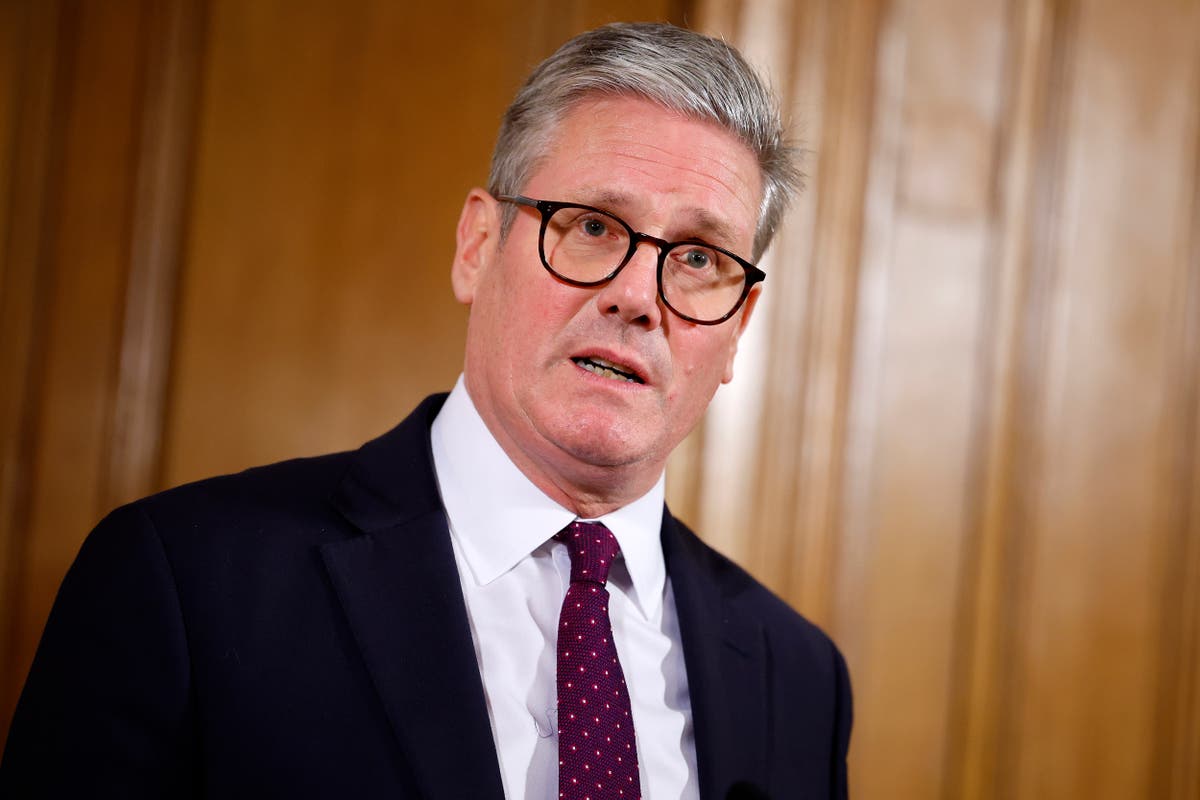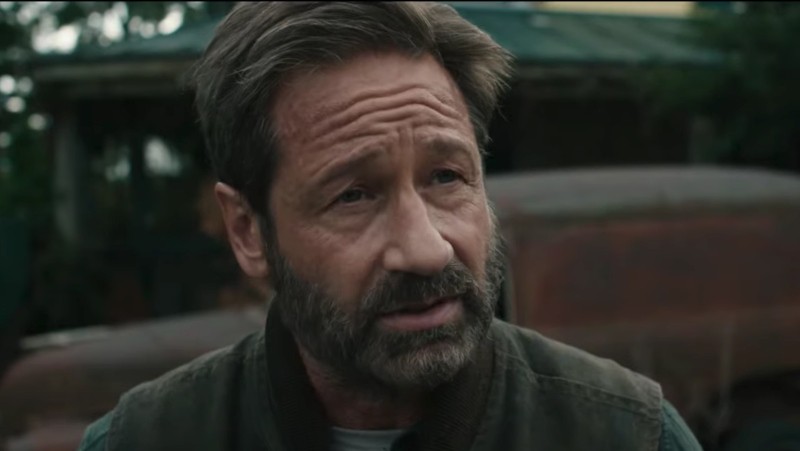[ad_1]
Ukraine’s counteroffensive against formidable Russian defenses has been grueling and bloody, Ukrainian and American officials acknowledged on Thursday, but they insisted that it was making gains and that any verdict on its success was extremely premature.
Last week, Kyiv began a multipronged assault into territory in southeastern Ukraine that Moscow’s forces had seized, hunting for weaknesses to exploit in hopes of punching through the deep network of minefields, trenches, bunkers, tank obstacles and artillery that the Russians built.
Ukraine retook some small settlements and villages in the early going. Independent analysts say that in recent days, Kyiv’s advances in the Donetsk and Zaporizhzhia regions are better measured in yards than miles.
“It is very difficult to advance,” Hanna Malyar, a deputy Ukrainian defense minister, told reporters. “It may be slow when you look at the numbers,” Ms. Malyar said, “but the progress is confident.”
Ms. Malyar reported further gains late Thursday. “There is progress in all directions of the attack,” she said. Ukrainian forces heading south in the direction of Berdiansk and Mariupol — two key coastal cities long held by the Russians — had moved forward about a mile, she said.
“Over the course of the day, the enemy increased the number of missile and airstrikes and artillery and mortar attacks,” she added. “Our troops are dealing with strong enemy resistance and their superiority in numbers of men and weapons.”
The U.S. defense secretary, Lloyd J. Austin III, and the chairman of the Joint Chiefs of Staff, Gen. Mark A. Milley, acknowledged that Ukraine’s forces were meeting fierce resistance and suffering losses both in human casualties and in the Western tanks and other armored vehicles newly supplied to them.
But such difficulties were expected, and they still have high expectations, they said at a news conference in Brussels. They were there to meet with officials from NATO countries and, separately, with the larger group of nations aiding Ukraine’s war effort.
“War is fluid, dynamic and unpredictable,” said Mr. Austin, a former Army general. “Ukraine’s fight is not some easy sprint to the finish line.” He added, “We know that there will be battle damage on both sides.”
But he said Ukraine had the ability to recover and repair some of its disabled armored vehicles.
“This is a very difficult fight, it’s a very violent fight,” General Milley said, “and it will likely take a considerable amount of time and at a high cost.” Neither Ukraine nor its allies have offered casualty estimates for the counteroffensive.
Of the Russians, he added: “Their leadership is not necessarily coherent, their troops’ morale is not high. They’ve been sitting in defensive positions; many of them don’t even know why they’re there.”
President Vladimir V. Putin of Russia made a rare public admission this week that Russia had challenges of its own, including a short supply of precision munitions and conflicts between the military command and Yevgeny V. Prigozhin, leader of the Wagner private military group that led the Russian assault on the city of Bakhmut.
But in an interview with journalists on Tuesday, Mr. Putin claimed that Ukraine’s offensive was sputtering and that it had recently lost three times as many tanks as Russia had, figures that could not be confirmed.
The United Nations’ chief nuclear energy watchdog, Rafael Mariano Grossi, ventured into the war zone on Thursday to visit the endangered Zaporizhzhia Nuclear Power Plant, held since last year by Russian forces.
Mr. Grossi, head of the International Atomic Energy Agency, cited new safety fears because the destruction last week of the Kakhovka dam had drained the reservoir that supplies water to keep the plant’s nuclear fuel from melting down. After crossing the front line to reach the plant, he explained the concern in posts on Twitter, but did not say what he had found.
Russia, which invaded Ukraine almost 16 months ago, has recently stepped up its missile and drone attacks on targets far from the front line, often civilian ones, focusing for weeks on the Ukrainian capital, Kyiv, but this week it has turned its sights on other cities. Ukraine’s air defenses have become very robust in and around Kyiv, able to shoot down the great majority of attacking munitions, but they are spread thin elsewhere.
On Thursday, a missile struck Kryvyi Rih, a city in central Ukraine, damaging an industrial area and injuring one man, but no deaths were reported. On Tuesday, a strike in the same city hit an apartment block and a warehouse, killing at least 12 people and wounding dozens of others. A day earlier, a missile destroyed apartments and a warehouse in Odesa, on Ukraine’s southern coast, killing three people and displacing hundreds, officials said.
But far more Russian firepower has been concentrated on the Ukrainian forces attempting to advance over open ground along a front hundreds of miles long.
The main Russian defensive lines still lie 15 to 20 kilometers (nine to 12 miles) beyond current Ukrainian positions, Jack Watling, a research fellow and specialist in land warfare at the Royal United Services Institute in Britain, wrote in a paper published on Wednesday. The slow progress by Kyiv reflects bloody fighting to clear fox holes and hand-dug trenches along Russia’s front line.
Ukrainian forces trying to push forward into these areas will most likely be tracked closely by Russian drones and targeted by Russian artillery. And near the main Russian defensive lines are “properly dug trenches and concrete-reinforced firing posts, tank obstacles, ground-laid cable to coordinate artillery strikes and even more mines,” he wrote.
Ukraine has held back much of its offensive forces while searching for vulnerabilities. But as its troops advance, Mr. Watling and other analysts say, they will also be covered by fewer air defenses and could come under even more sustained attack by Russian helicopters and warplanes.
Ukraine’s initial push, Mr. Watling said, is aimed at getting Russia to bring reserve troops from far behind the front line to shore up areas under pressure. “Once these troops are pulled forwards, it will become easier to identify the weak points in the Russian lines,” he wrote.
Reporting was contributed by Steven Erlanger in Brussels, Megan Specia in Lviv, Ukraine, and Richard Pérez-Peña and Anushka Patil in New York.
[ad_2]
Source link



















